Hello!
I need help with choosing the right acoustic treatment in a home recording studio. The room don't need sound isolation, I need to control flutter echo/first reflections and maximize the acoustic potential of the room, mainly to record drums/acoustic guitar. I think I'm looking for bass treatment in two corners and overall 25% of the room covered for a half-dry recording/listening space.
Overall; I don't know what treatment is necessary and where.
ROOM INFORMATION
The height of the room is 2,20m,
The length of the room is 5,75m.
The width of the room average is 2,42m.
square meter = lenght x width = 13,9m2.
The room is located in a basement with powerful surrounding brick walls to support the house. Most of the room is located over ground, and has 1 window and 1 door.
WALL: Brick wall. 66% of the surface is covered with wooden panels.
CEILING: Brick ceiling 100% covered with wooden panel and decorative wooden beams.
FLOOR: Brick floor 100% covered with wooden panel.
The room is going to be used as a listening environment (mixing), to record drums and probably acoustic guitar/vocals. I'm going to build a booth in another room and make the acoustics there dead, so I'd like to have a half-dry acoustic treated main room.
I have a solid budget for acoustic treatment. I hope to do the acoustic treatment correct this first time, whatever the costs, and I want to avoid shortcuts and hasty solutions.
What are your recommendations? Should I use special equipment to analyze the room? I just don't know if I'll be satisfied in the long run should I go to the store and buy the standard acoustic treatment package.
Pictures of the room & drawing attached.
Thank you!
Greetings from Norway,
Sigve Wilhelmsen 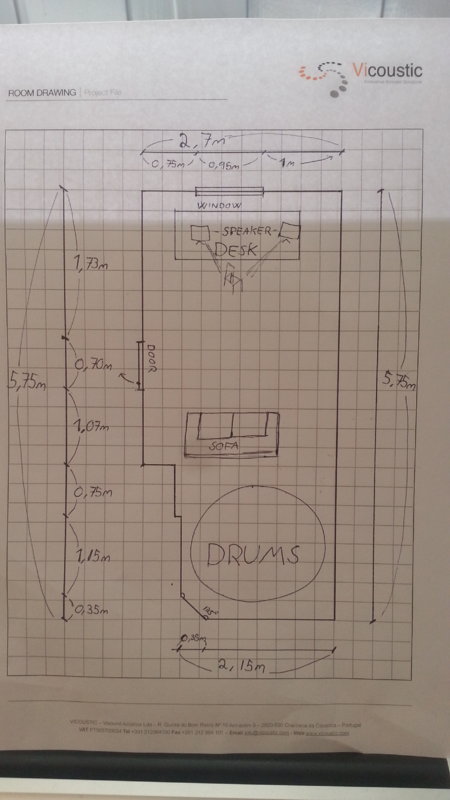

Comments
imo all room treatment should start at the bottom with broadband
imo all room treatment should start at the bottom with broadband absorption.
bass traps man. Buy a pair of GIK panels, then look at how they make them, and make your own for 25% of the cost to buy them.
Start with the fist pair of traps at your First Reflection Points. Sit in your mix position, have a friend take a mirror to the side walls and walk along the wall until you see the monitor in the mirror. BAM, that is where you put panel 1 and 2.
Thanks!
Thanks!
Here is the thing YagaPlay, if you want to do multiple things mu
Here is the thing YagaPlay, if you want to do multiple things musically in one room you have to develop each aspect accordingly.
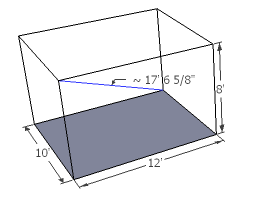

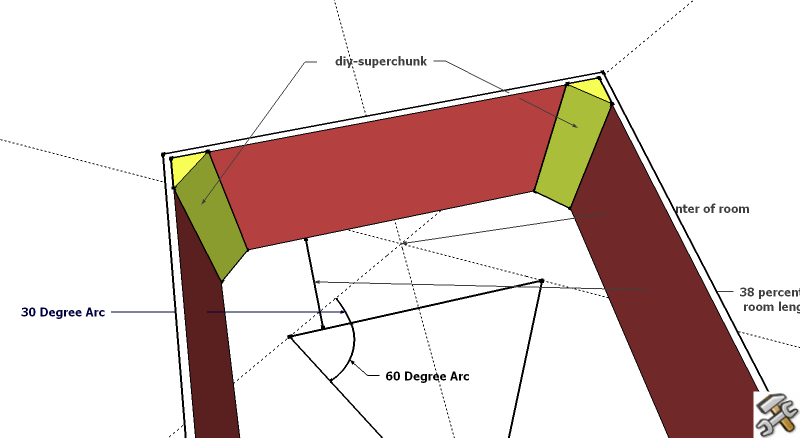
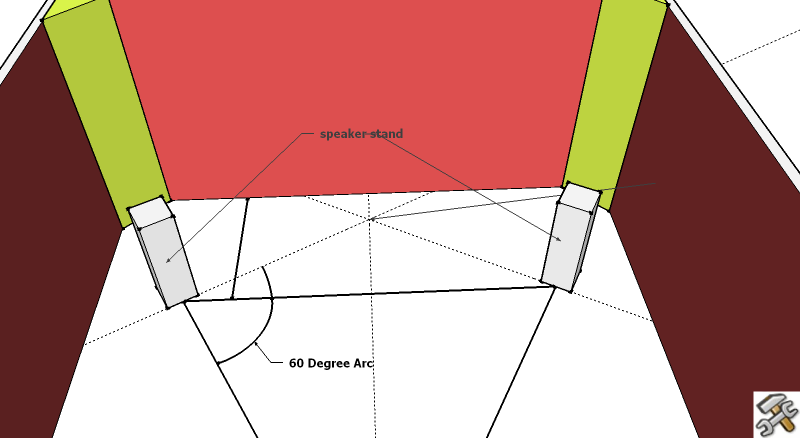
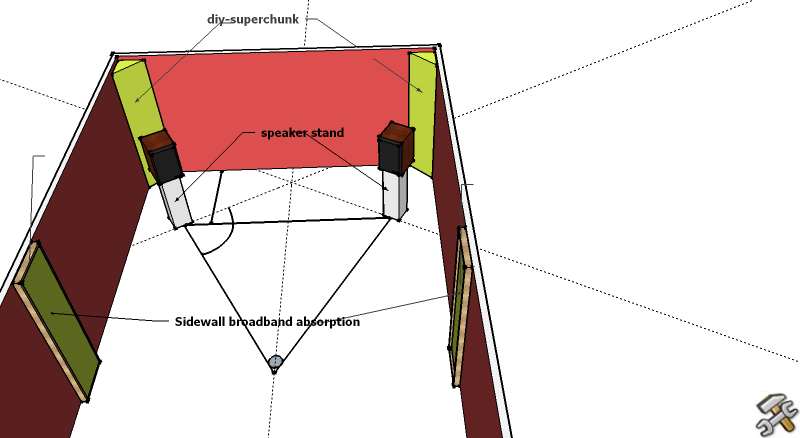

Like your mix area would be treated in one fashion and your drum area in another fashion. A listening area especially in a hard boundried area like a concrete basement has to have a few things right to get it right:)
Problems with small rooms:
If you have carpet in the room it is always recommended to remove it. If it has already been removed or does not exist then that is even better.
You can place an area rug underneath mics to take the hard floor surface out of the mix
The biggest issue you deal with in a small room is low frequency energy.
Any note/frequency that gets into this range that has a length longer than any one of the dimensions of the rooms hard boundary's (length/width/height diagonal measurement and the farthest low corner of the room to the highest corner diagonally across the room) that present the Axial modes and Tangential Modes of the room.
Leaving a door or window open as a means to allow low frequency a way out is an acceptable practice if the ambient levels outside of the room are not louder than the rooms levels.
First you want to make certain that you have your listening position set up as an equilateral triangle to produce the best possible starting position. Your speakers/monitors should be placed at a position 38% from the front wall.
Second you want to get your front corners treated to control low frequency which is the biggest issue in smaller rooms. Super Chunks are a tested and highly recommended method to treat the corners of a home control room.
Next you want to make heavy speaker stands. You do not want lightweight stands or flimsy stands.
You want to control the low frequency that the speakers produce as best as possible, to make certain your mixes translate better.
I made mine out of concrete blocks, glued together and wrapped with sheetrock ,trimmed and painted.
Then you need to control the sidewall reflections of the mixing position, where your ears are.
An overhead cloud will do you wonders. There are many options when designing an overhead cloud.
You may use a hard back soft face or an open design that has both a soft back and face. You can install track lighting on the cloud or embed can lights. Whatever is safe is what you do.
These are the basic things suggested. Obviously every room is different. So after doing these simple things you may find that you require more absorption in the back of the room, more at specific problem frequency areas according to the rooms modes.
And the drum area is going to be handled differently, not so much, but its a louder area.
Good Luck,
@Space : would having a couple of gobo for the drum be a good Id
@Space : would having a couple of gobo for the drum be a good Idea ?
Always :>
Always :>
@Space : Thanks for great reply! A great idea to build my own ba
@Space : Thanks for great reply!
A great idea to build my own basstraps and speaker stands. Thanks!
@pcrecord : Never thought of using a gobo, that's surely something to consider :)
Thanks :)